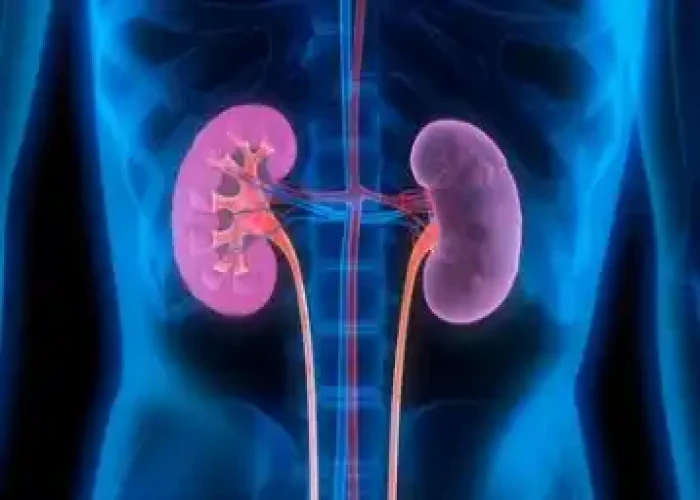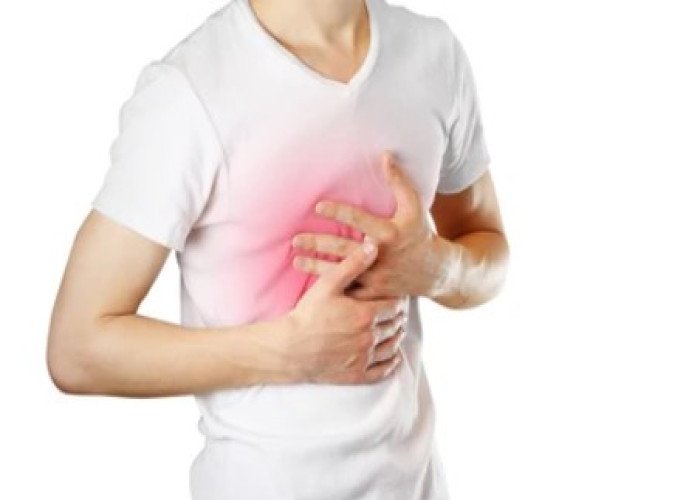 Welcome
Welcome
“May all be happy, may all be healed, may all be at peace and may no one ever suffer."
Gallstones - Yoga remedies
Gallstones are hard deposits that form in the gallbladder, a small organ located below the liver that stores bile. Bile is a fluid produced by the liver that helps in the digestion of fats.
Gallstones can be made up of cholesterol, bilirubin, and other substances that are found in bile. They can vary in size, from small as a grain of sand to as large as a golf ball.
Many people with gallstones do not experience any symptoms. However, if a gallstone becomes trapped in the bile ducts, it can cause sudden and severe pain in the upper right side of the abdomen, nausea, vomiting, and fever.
Risk factors for developing gallstones include being female, being overweight or obese, having a family history of gallstones, having diabetes, and taking certain medications.
Treatment for gallstones may involve surgical removal of the gallbladder, a procedure known as cholecystectomy. Other treatment options may include medications to dissolve the stones, lithotripsy, a procedure that uses shock waves to break up the stones, or endoscopic retrograde cholangiopancreatography (ERCP), a procedure that uses a scope to remove the stones from the bile ducts.
If you are experiencing symptoms related to gallstones or have been diagnosed with gallstones, it is important to see a healthcare professional for evaluation and appropriate treatment.

Polyuria

Muscle weakness

Paralysis

Kidney failure

Bronchitis

Allergy

Sperm loss

Pleurisy
Gallstones, অন্ত্রপাথুরী
To be happy, beautiful, healthy, wealthy, hale and long-lived stay with DM3S.
